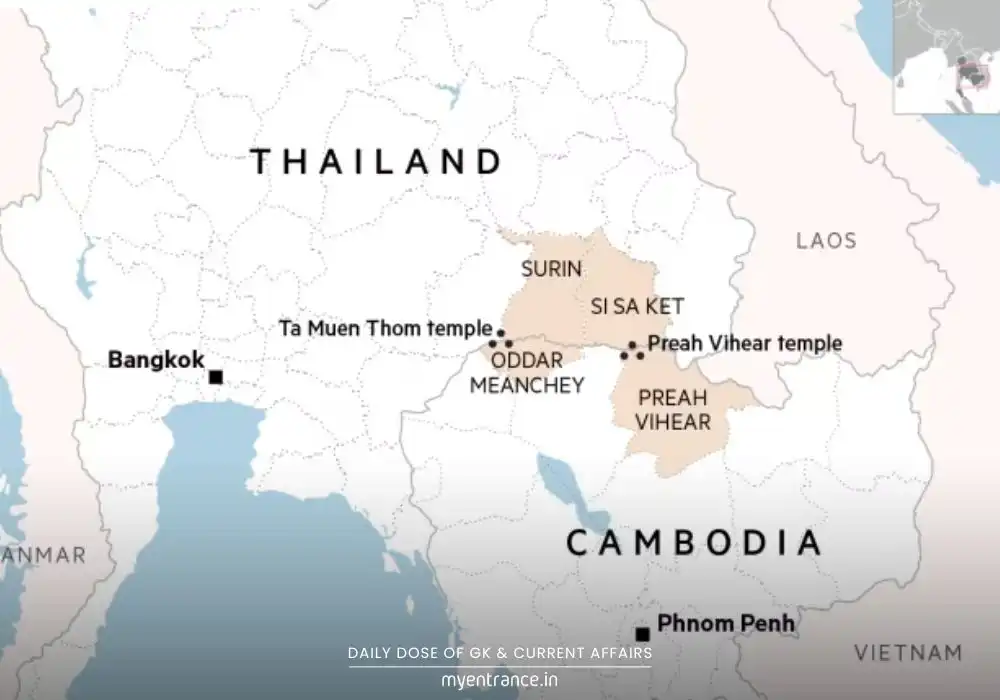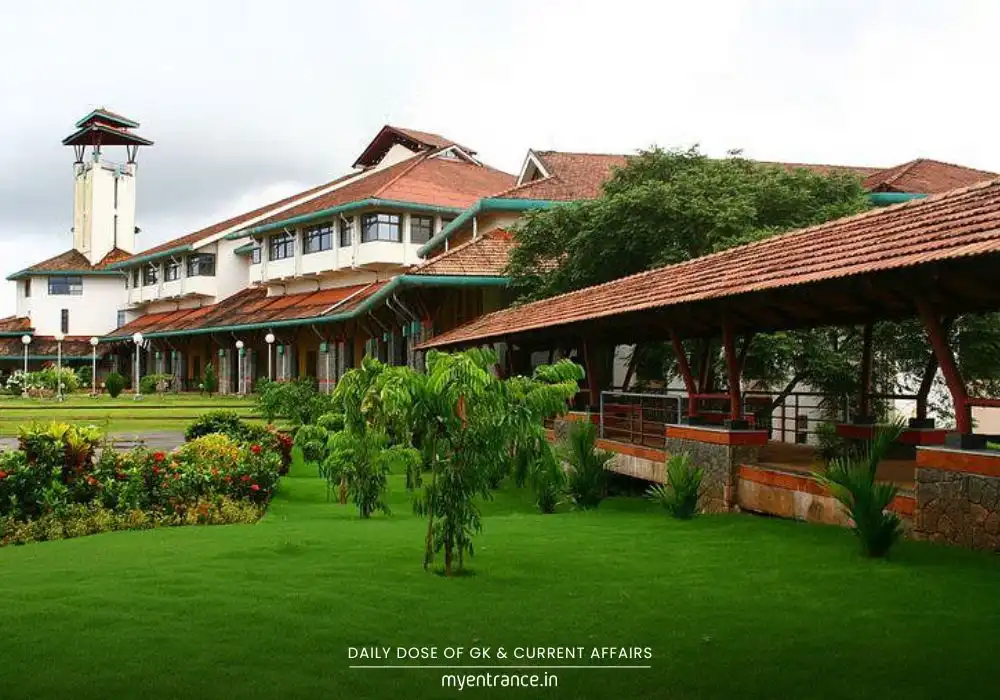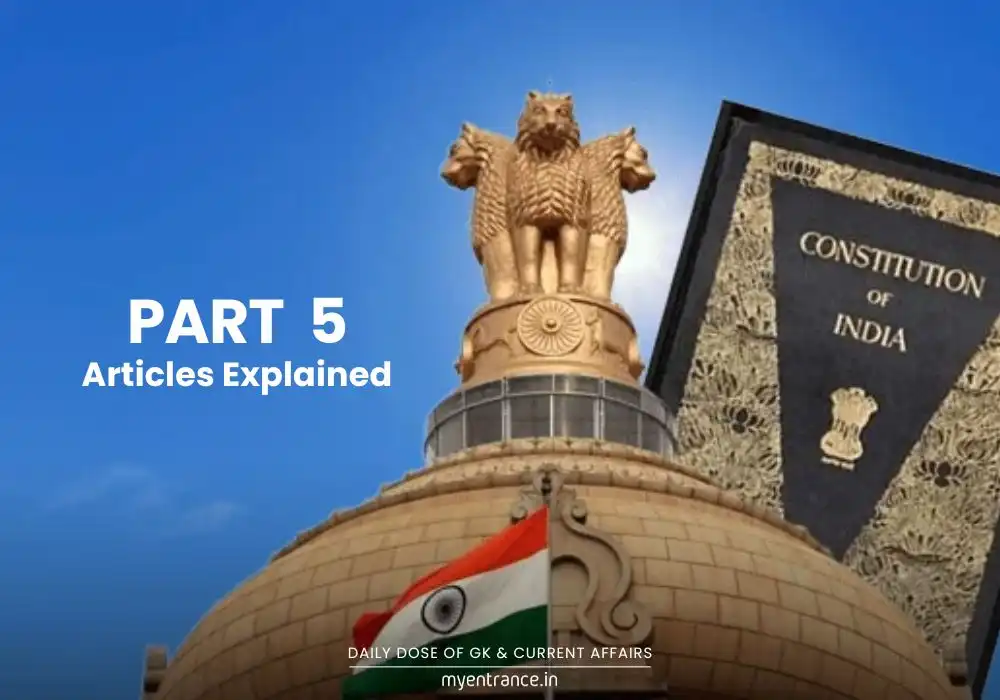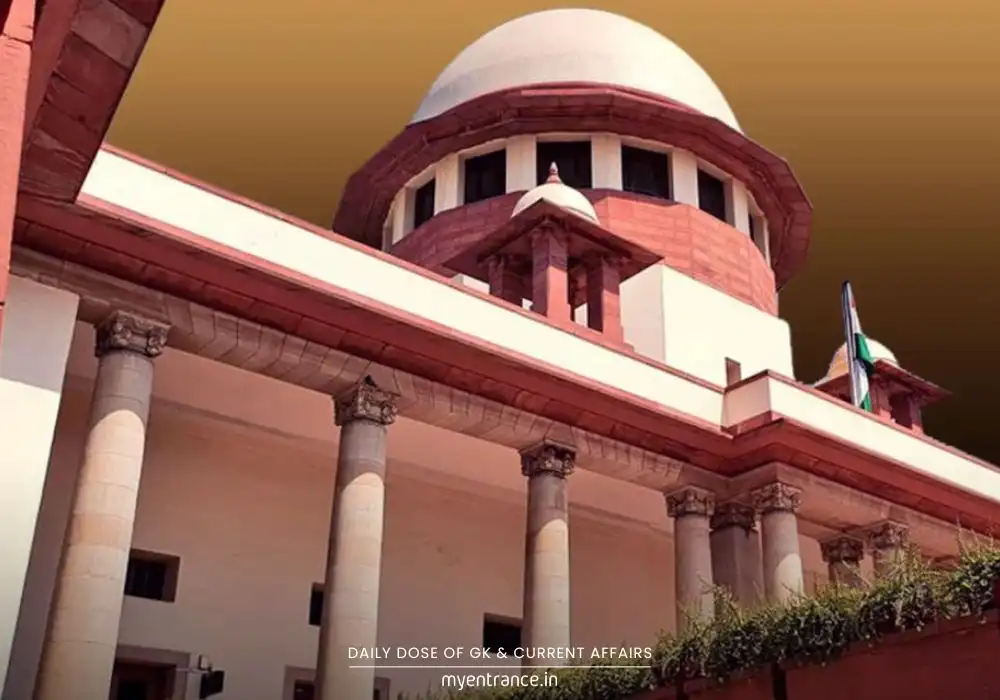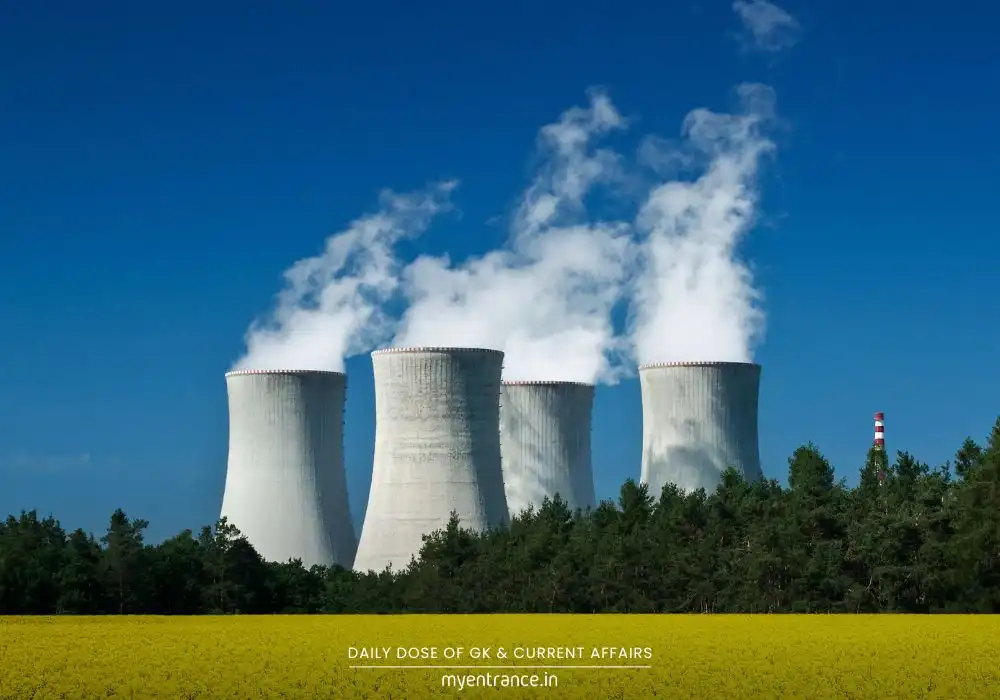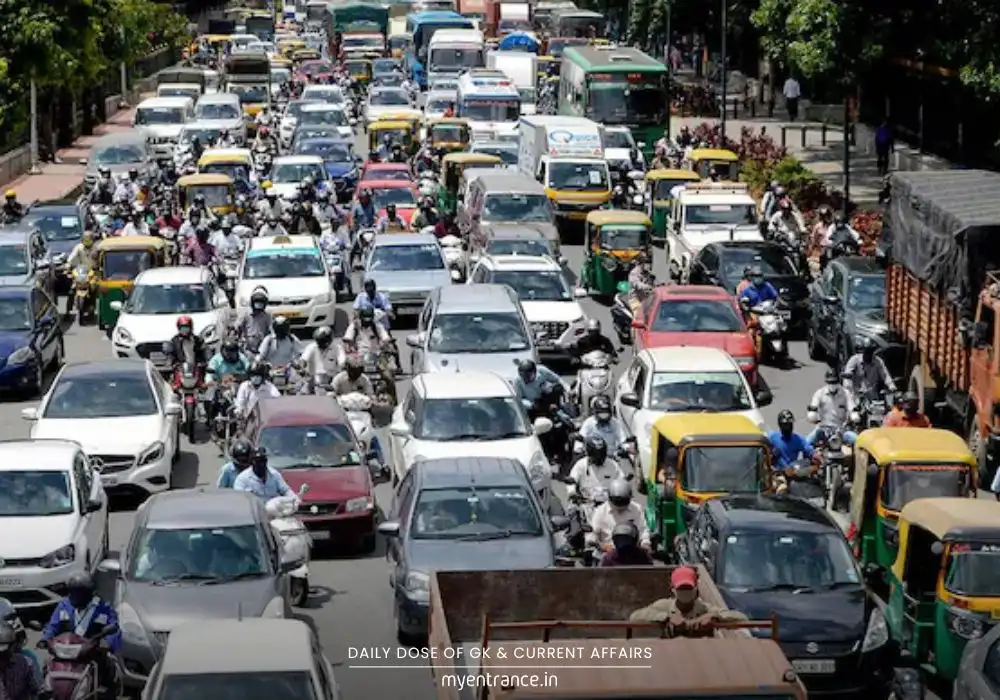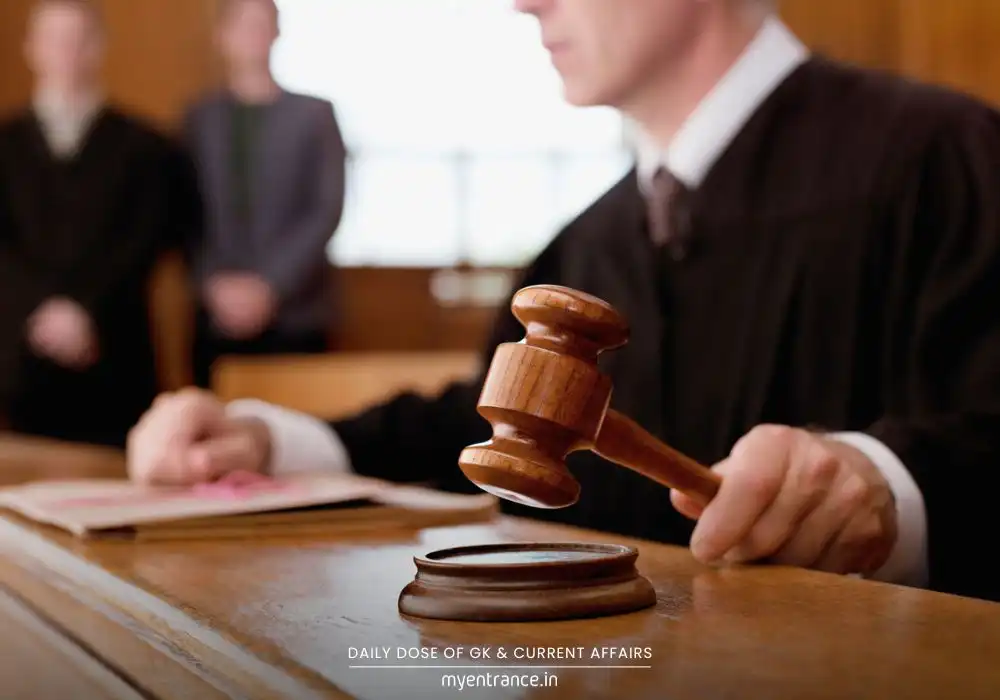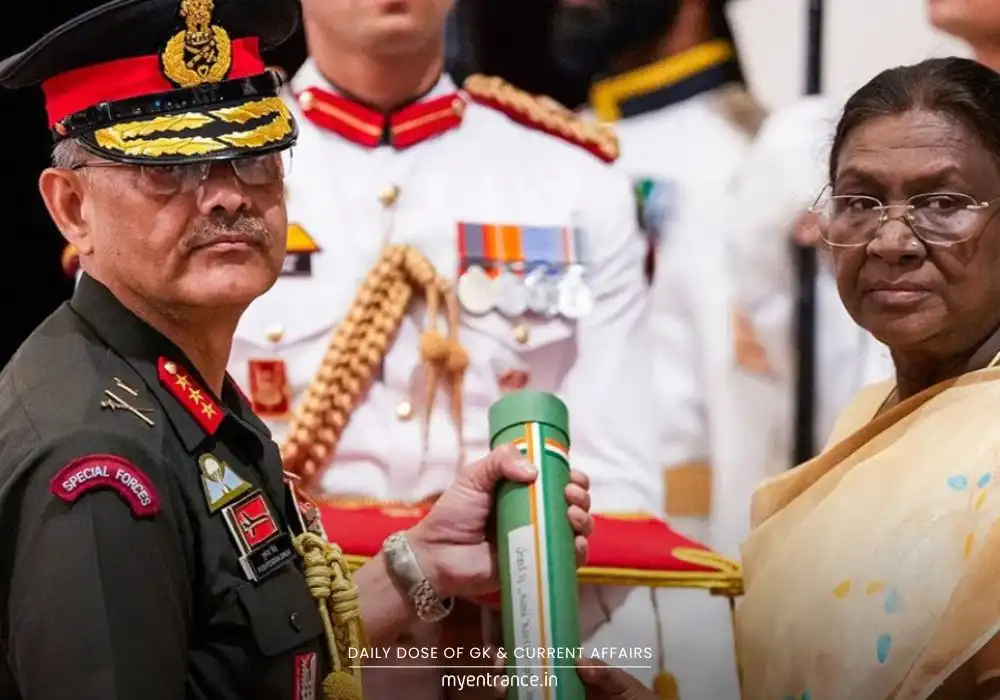Translate Language
Part III of Indian Constitution: Essential Rights & Exam-Oriented Breakdown
Fundamental Rights under Part III of the Indian Constitution (Articles 12-35) form the backbone of citizens’ freedoms and equality. These rights protect individuals from state arbitrariness and ensure justice. For competitive exams like UPSC, SSC, and PSC, understanding their nuances is non-negotiable.
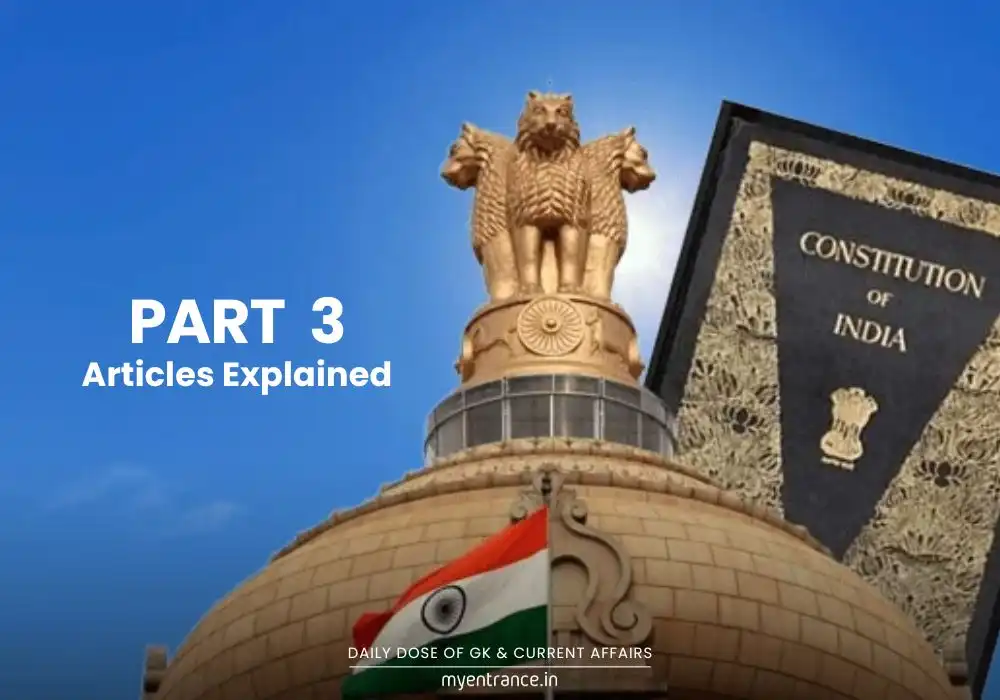
Part III of the Indian Constitution: Fundamental Rights Explained
The Fundamental Rights in Part III are the cornerstone of Indian democracy, ensuring liberty, equality, and justice for all. These rights are enforceable by courts and are categorized into six key groups:
1. General Provisions
Article 12: Defines “State” (includes government, legislatures, and local authorities).
Article 13: Invalidates laws violating Fundamental Rights.
2. Right to Equality (Articles 14–18)
Article 14: Equality before law & equal protection of laws.
Article 15: Prohibits discrimination based on religion, caste, sex, etc.
Article 16: Ensures equal opportunity in public employment.
Article 17: Abolishes untouchability.
Article 18: Prohibits state-conferred titles (except military/academic).
3. Right to Freedom (Articles 19–22)
Article 19: Guarantees freedoms (speech, assembly, movement, etc.).
Article 20: Protects against unjust convictions.
Article 21: Ensures life and personal liberty (includes right to privacy, education).
Article 21A: Free & compulsory education for children (6–14 years).
Article 22: Safeguards against arbitrary arrest.
4. Right Against Exploitation (Articles 23–24)
Article 23: Bans human trafficking and forced labor.
Article 24: Prohibits child labor (<14 years).
5. Right to Freedom of Religion (Articles 25–28)
Article 25: Freedom of conscience and religion.
Article 26: Right to manage religious institutions.
Article 27: No taxes for religious promotion.
Article 28: Restricts religious instruction in state-funded schools.
6. Cultural & Educational Rights (Articles 29–30)
Article 29: Protects minority interests.
Article 30: Minorities’ right to establish educational institutions.
7. Right to Constitutional Remedies (Articles 32–35)
Article 32: Allows moving to Supreme Court for rights enforcement (“Heart & Soul of Constitution” – Dr. Ambedkar).
Article 33–35: Permits Parliament to modify rights for armed forces and during martial law.
*(Note: Articles 31, 31D, and 32A were omitted/repealed.)*
Why Is This Important for Exams?
UPSC/SSC/PSC: Direct questions on articles, amendments, and landmark judgments (e.g., Kesavananda Bharati, Maneka Gandhi cases).
NID/NIFT/KAS: Polity sections often test Fundamental Rights’ applications.
Essay/Interview: Themes like “Right to Privacy (Article 21)” are hot topics.
Questions & Answers Fundamental Rights in Indian Constitution
Q1. Which article is known as the ‘Golden Rule’ of the Constitution?
Ans: Article 21 (Protection of life and personal liberty).
Q2. What does Article 17 of the Indian Constitution abolish?
Ans: Untouchability (and its practice in any form).
Q3. Which Fundamental Right was added by the 86th Amendment Act?
Ans: Article 21A (Right to Education).
Q4. Can Fundamental Rights be suspended during emergencies?
Ans: Yes, except Articles 20–21 (suspended during National Emergency under Article 359).
Q5. Who described Article 32 as the ‘Heart and Soul of the Constitution’?
Ans: Dr. B.R. Ambedkar.
Final Tips for Exam Prep
Memorize Articles 14–32 with mnemonics (e.g., “19 Freedoms, 21 Life“).
Relate to current affairs (e.g., Right to Privacy in Aadhaar cases).
Practice previous years’ questions on Fundamental Rights.
For more exam-focused guides, explore myentrance.in!
Get 3 Months Free Access for SSC, PSC, NIFT & NID
Boost your exam prep!
Use offer code WELCOME28 to get 3 months free subscription. Start preparing today!

